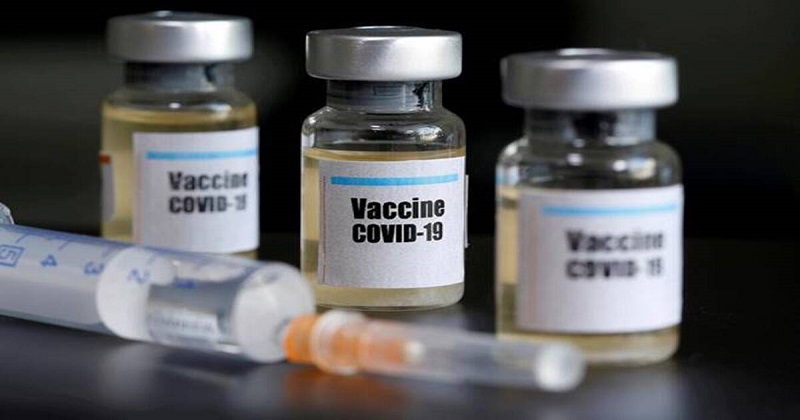
Many praised India and Prime Minister Narendra Modi for demonstrating “perhaps the most significant of benevolence, kindness and certainly of empathy… compared to any act of any other leader globally”, from WHO chief Tedros Ghebreyesus and Caribbean cricketing star Chris Gayle to Antigua and Barbuda Prime Minister Gaston Browne. In President Jair Bolsonaro tweet, there was a depiction of Lord Hanuman delivering a mountain of vaccines, a lifesaver like the mythical Sanjeevani, from India to Brazil.
After March, India has increasing struggle to vaccinate people at home prompted a halt in exports. This has nailed the Covax program intended to serve over 90 poorer countries. As far as things concerned, the African Union may miss the target to vaccinate 30-35% of its population by the end of 2021.
According to the experts, there was a need for more thinking and planning in both timing and maintaining the exports. Coupled with not putting advance purchase orders to build stock and not allowing liquidity for producers to increase capacity, has now constrained supplies.
“Of course, exporting vaccines to those who paid for it and need it was a commercial and moral obligation. But we should have planned this a lot better so that both domestic supply and exports could be sustained at an optimal level,” said virologist Shahid Jameel.
The Serum Institute of India (SII) had offered 10 crore shots at a discounted rate for domestic use, by December 2020, but the government dithered on pre-booking more stocks even after setting a national target to vaccinate a vulnerable population of 30 crore by July 2021.
This “strange reluctance”, explained a public health consultant privy to the negotiations since late-2020, to close advance purchase orders from SII denied the world’s largest vaccine manufacturer “enough liquidity to step up production” and build stock.
It is learnt that the delayed SII’s plans to ramp up monthly vaccine making capacity from 5 crores in December to 10 crore by March. In documents, this made India’s vaccination goal a non-starter.
“Vaccinating 30 crore people would have required 65 crore shots, considering some wastage. Of this, a maximum of 15 crore shots would come from Bharat Biotech. But at a monthly production capacity of 5-7 crore, SII would anyway struggle to supply the remaining 50 crore doses by July. There was simply no room for export,” said the consultant.
However, until the end of March, India was vaccinating fewer people at home which was less than the number of doses it was sent overseas.
Consider these:
- Since January 16, that is, in the first two weeks of the vaccination drive, India vaccinated 39 lakh people. By January end, the country had already exported 1.6 crore doses.
- India administered another 1.1 crore shots, in February, while exporting 2.1 crore doses.
- By the time, around April 1, when the country increased the vaccination drive to everyone above 45, India’s domestic vaccine delivery has reached the export count at around 6.5 crore shots.
- Less than three months from the July deadline, India has so far administered around 15.5 crore vaccine shots or 25% of the target. From over 35 lakh each day in the first week of April, vaccine shortage forced the daily vaccination count down to around 21 lakh in the last week of April. The daily average has further dropped to below 16 lakh in May.
Bharat Biotech has intensified the monthly production of Covaxin from less than 50 lakh in January to 2 crore in April and anticipates hitting the 3.5-crore mark in June. Likewise, SII hopes to develop its production capacity to 10 crore shots a month by July.
As the government has also approved vaccine import, the first vaccine to enter is Russia’s Sputnik V, which may not be available until June. The second vaccine candidate by SII, Covavax, will not be available in India before September.

Post Your Comments